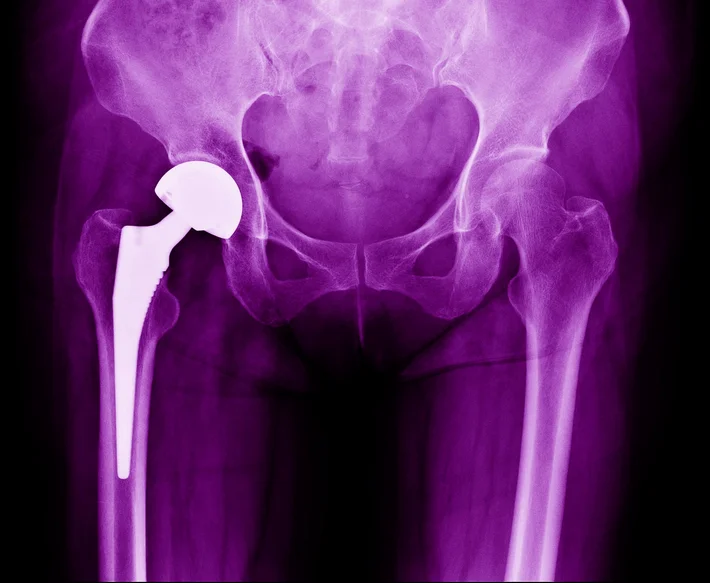
Meet with the best arthroscopic procedures physical therapists in Wheaton, Maryland
Wheaton, Maryland, Luna PTs specialize in treating patients recovering from arthroscopic procedures. Our PTs are experts in developing treatment programs designed to relieve pain and restore range of motion after arthroscopic surgeries.
The best part? With Luna, patients can receive physical therapy right in the comfort of their own homes. Our therapists come to you — it’s physical therapy, delivered.

What are arthroscopic procedures?
The word “arthroscopy” is derived from two Greek words: “arthro,” or joint, and “skopein,” or “to look.” Together, they mean “to look inside the joint,” which is the purpose of an arthroscopic procedure.
To perform an arthroscopy, the orthopedic surgeon makes an incision in the skin and inserts a thin tube that contains a small lighting system and lens. These devices illuminate the structures within the joint, allowing the surgeon to see, understand, and repair the issue.
Though diagnosing joint conditions usually begins with a physical examination and X-rays, it’s sometimes necessary to perform an arthroscopic procedure as well, in order to pinpoint exactly what’s causing the problem. Typically, arthroscopies reveal that inflammation or an acute or chronic injury is the underlying cause of the joint problem.
Source: OrthoInfo

Why do patients need arthroscopic procedures?
Patients with inflammation in the joint, an injury to the joint, or joint pain for any other reason — especially unexplained reasons — may find that an arthroscopy will help their surgeon identify the cause of their discomfort and address it appropriately.
An arthroscopy can diagnose and treat a variety of conditions in any joint, though it’s most often used to treat the knee, shoulder, elbow, ankle, hip, or wrist. The most common arthroscopic procedures target the knee and shoulder.
The most common reasons for arthroscopic procedures include:
- Cartilage problems in the knee
- Meniscus problems in the knee
- Rotator cuff repairs in the shoulder


















